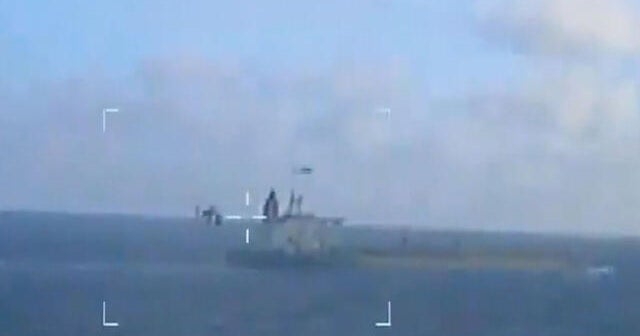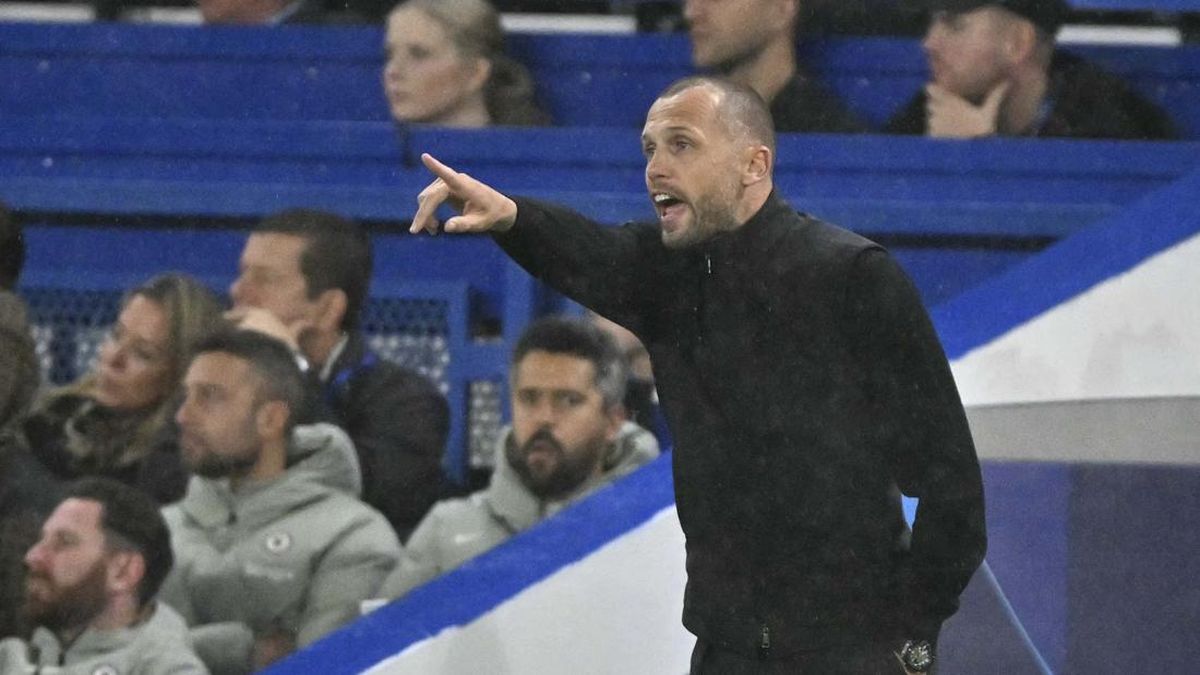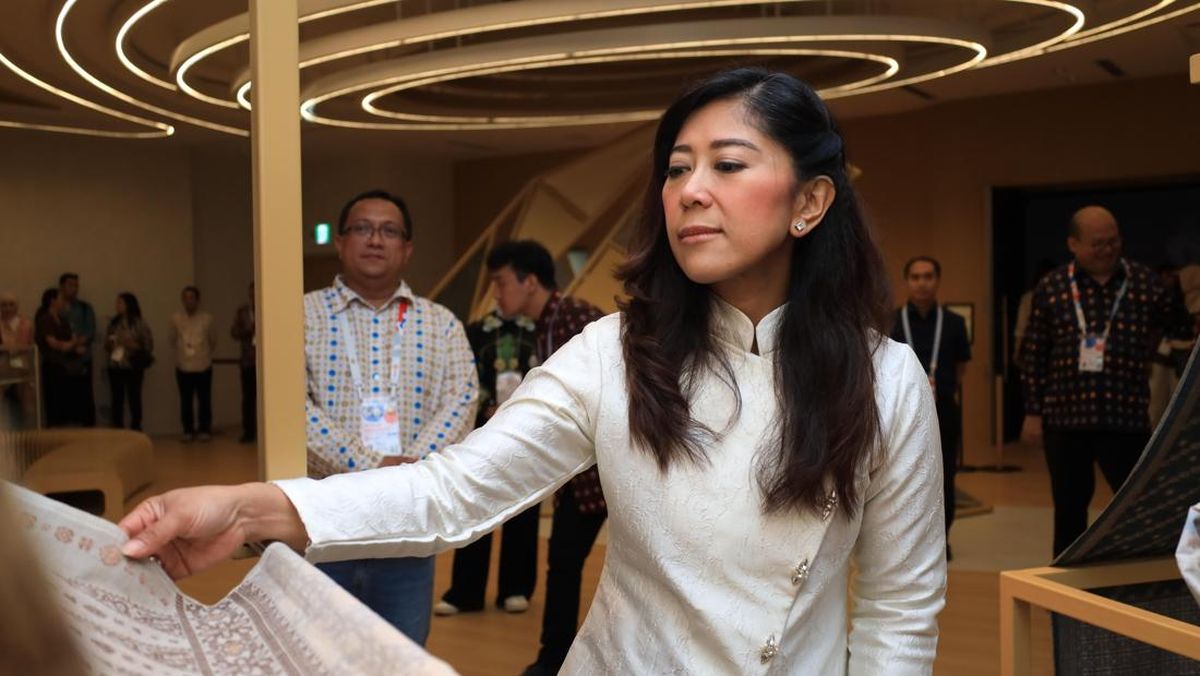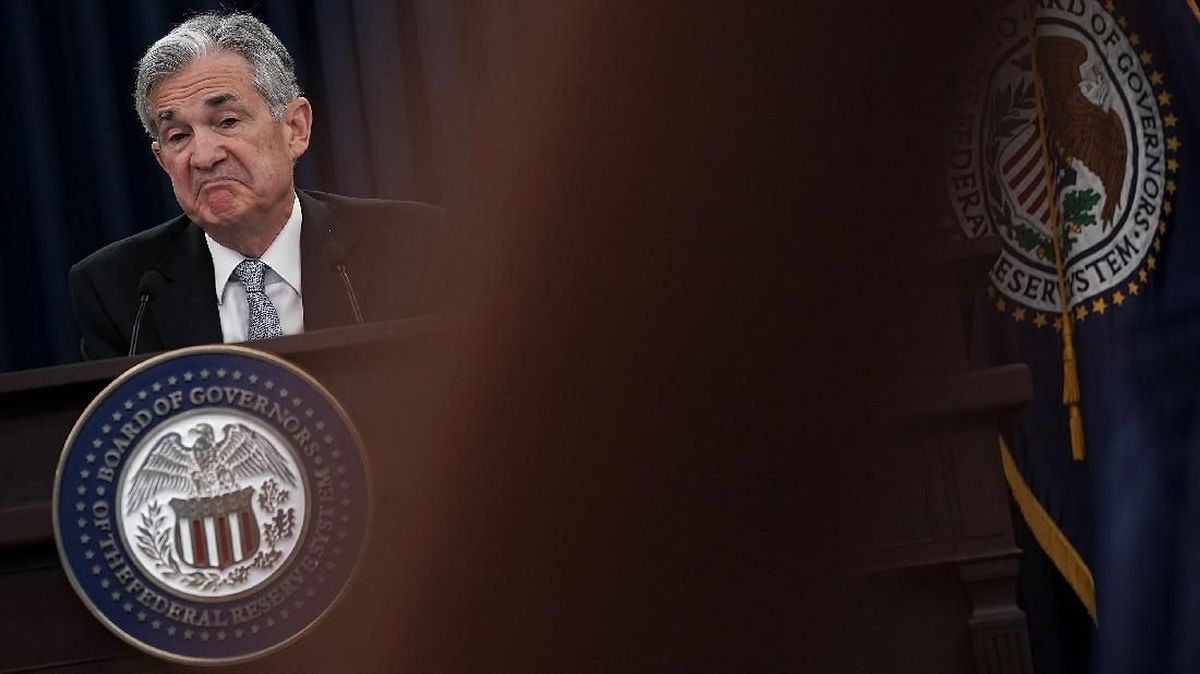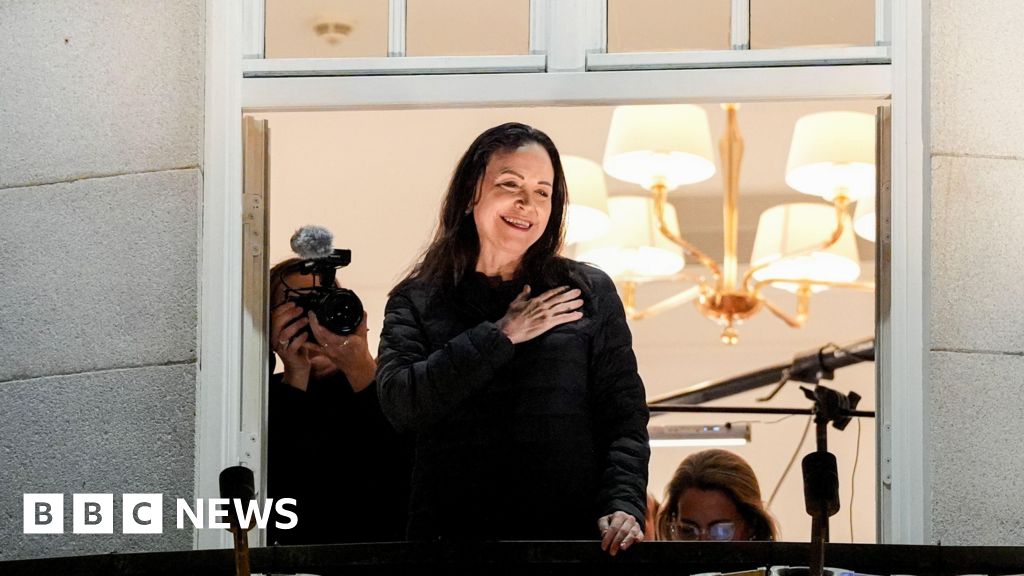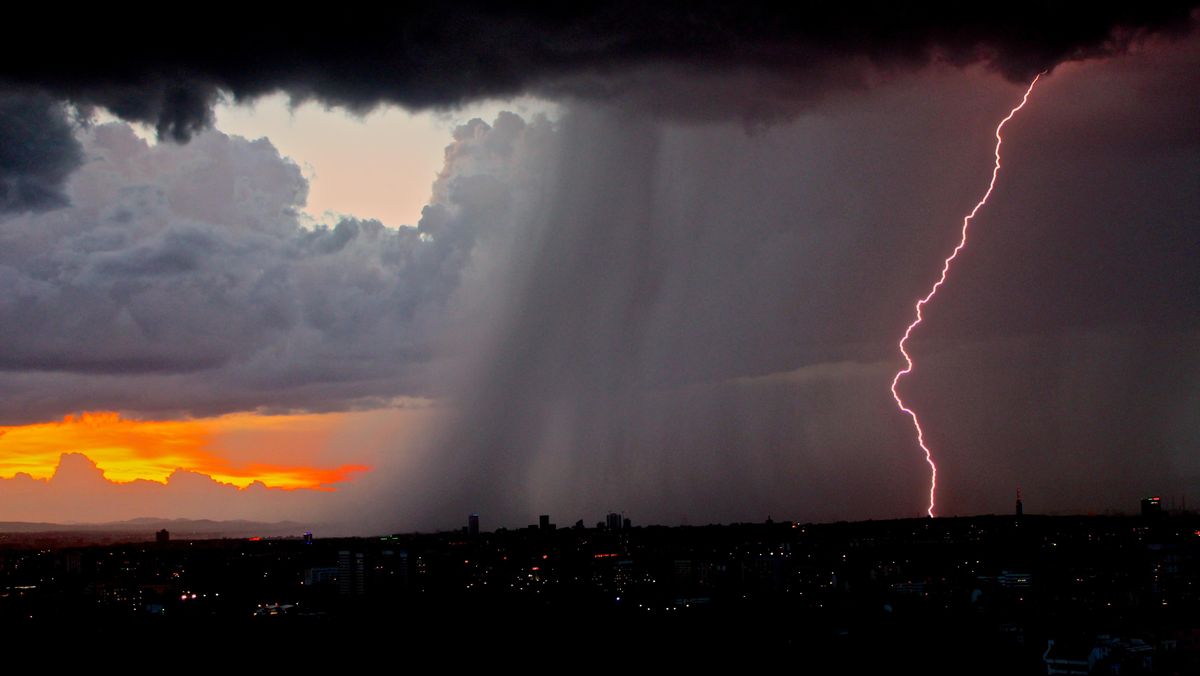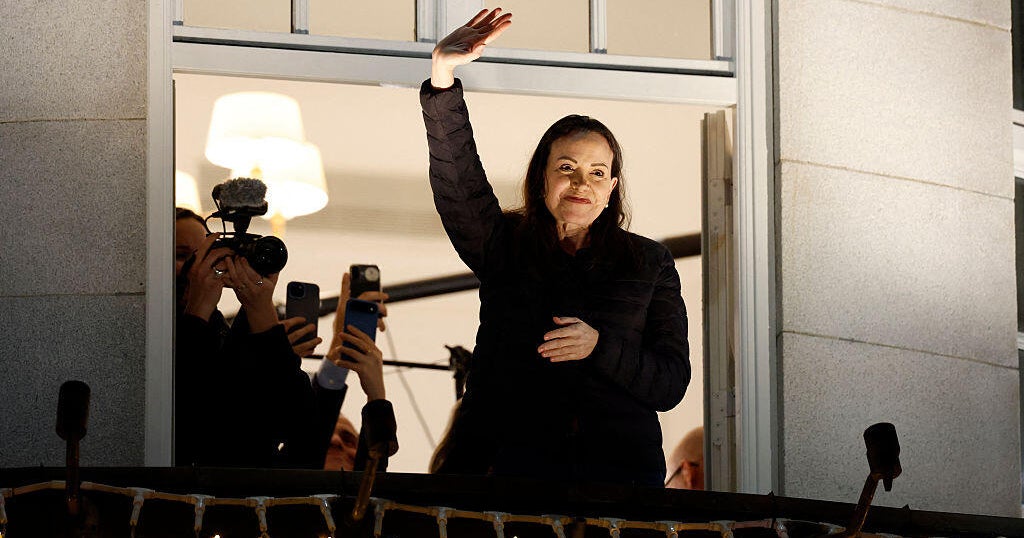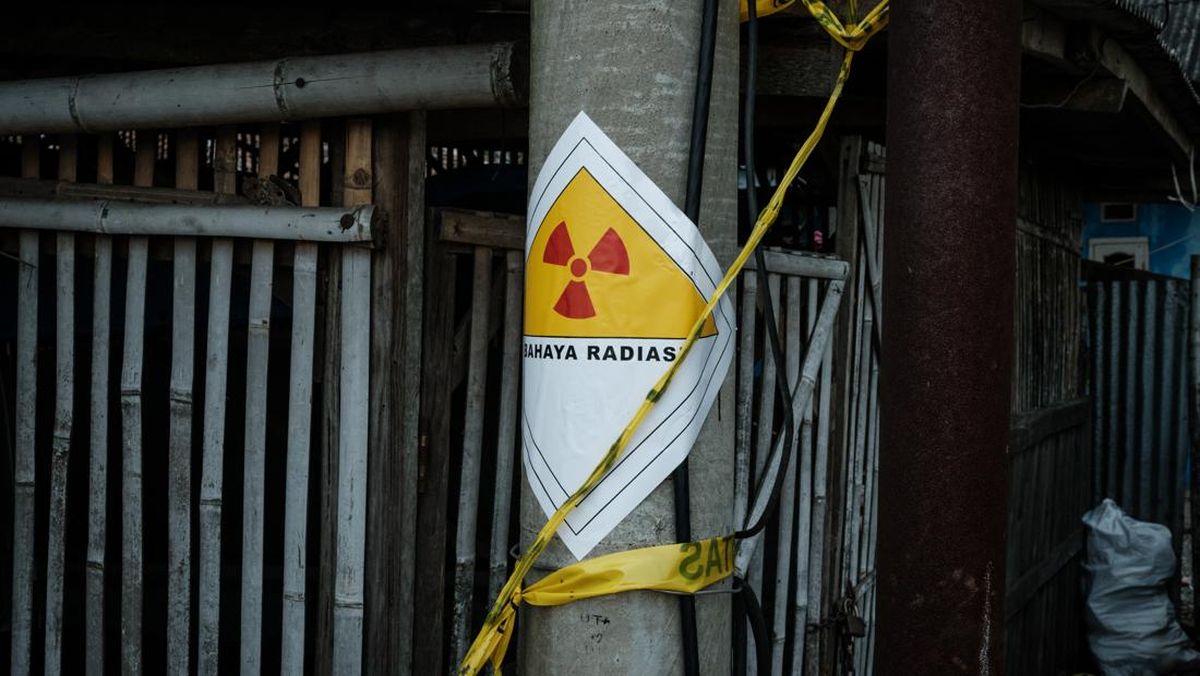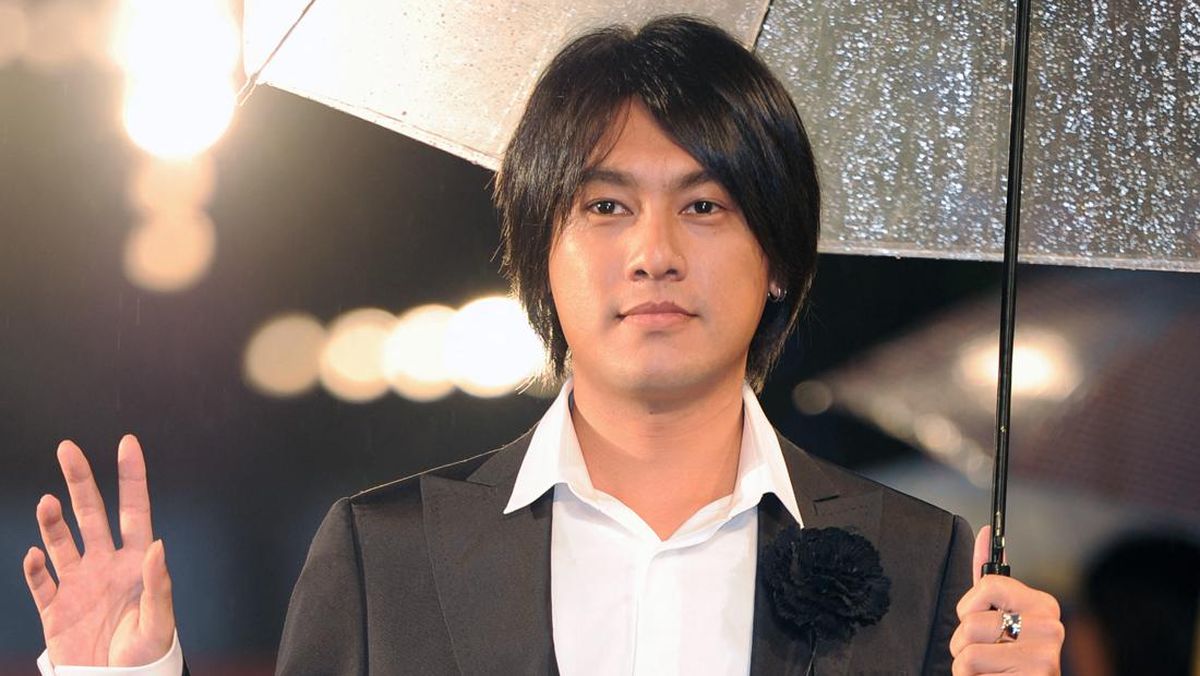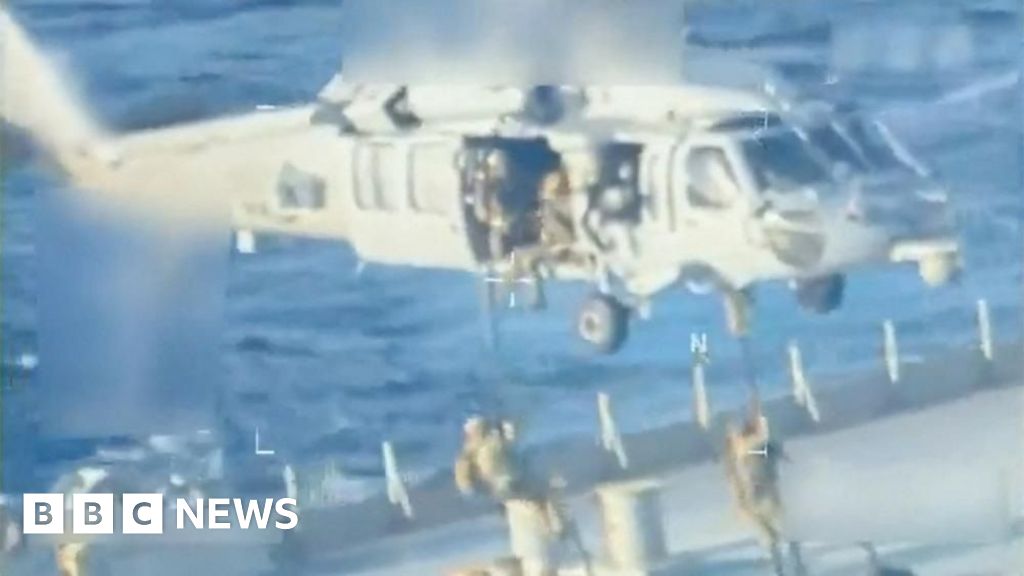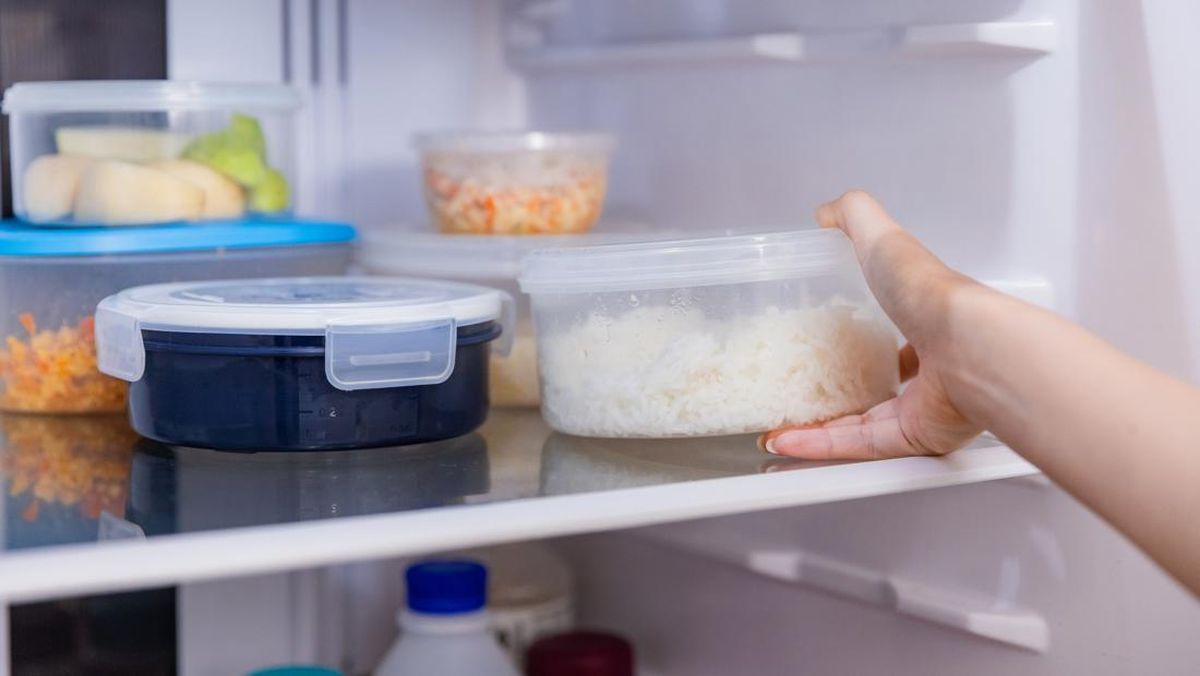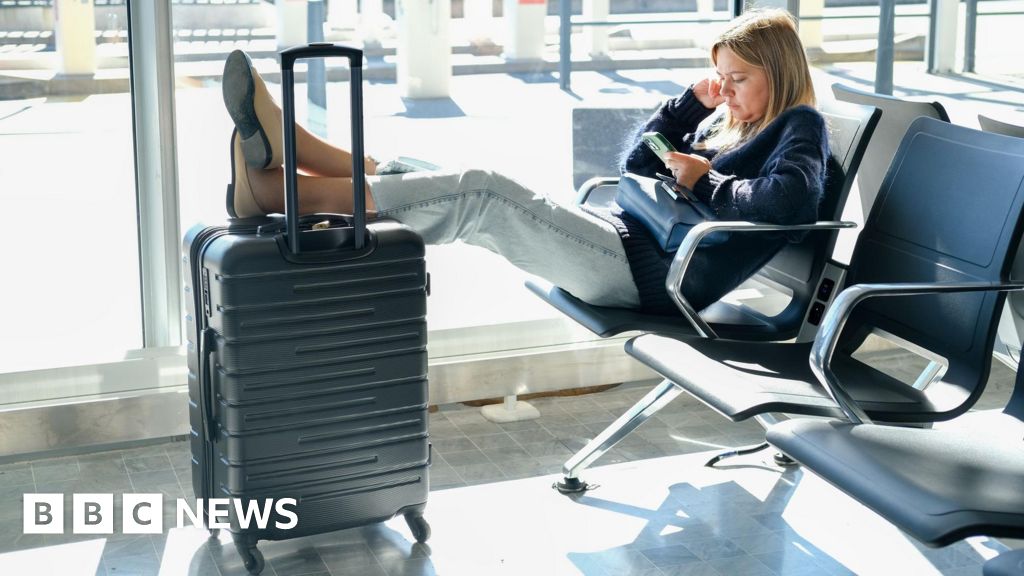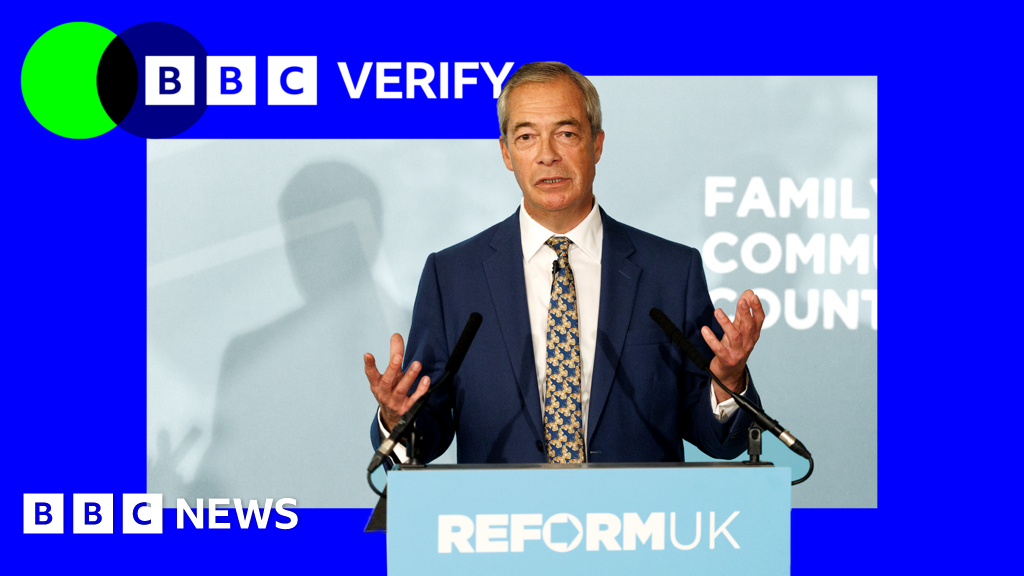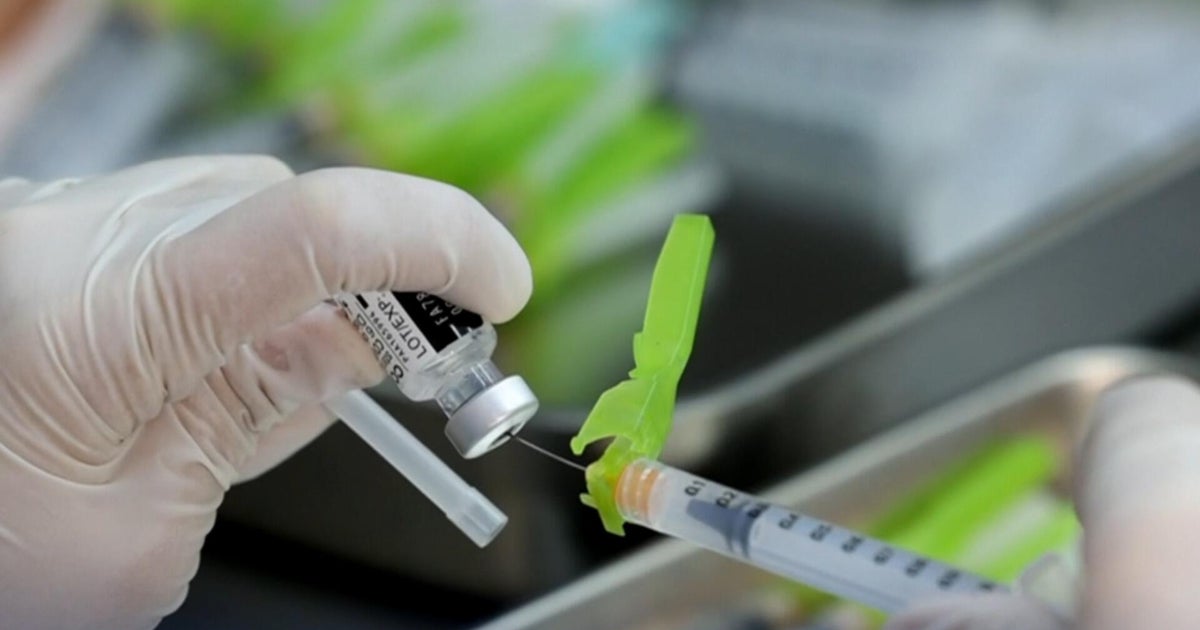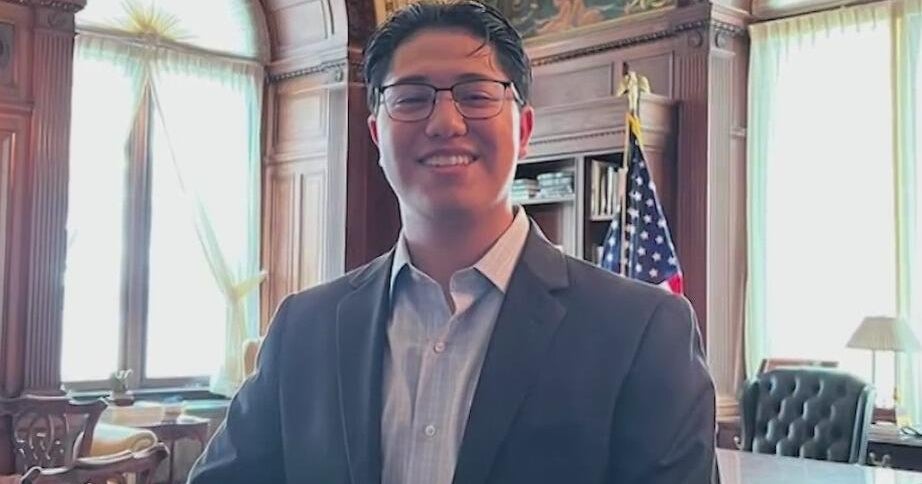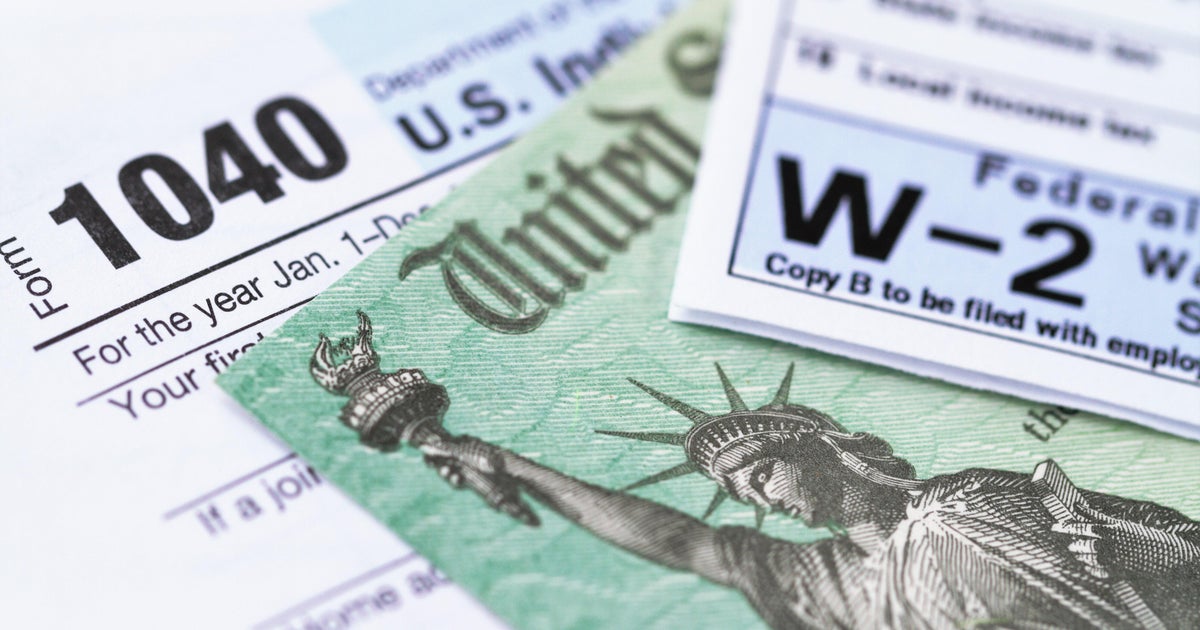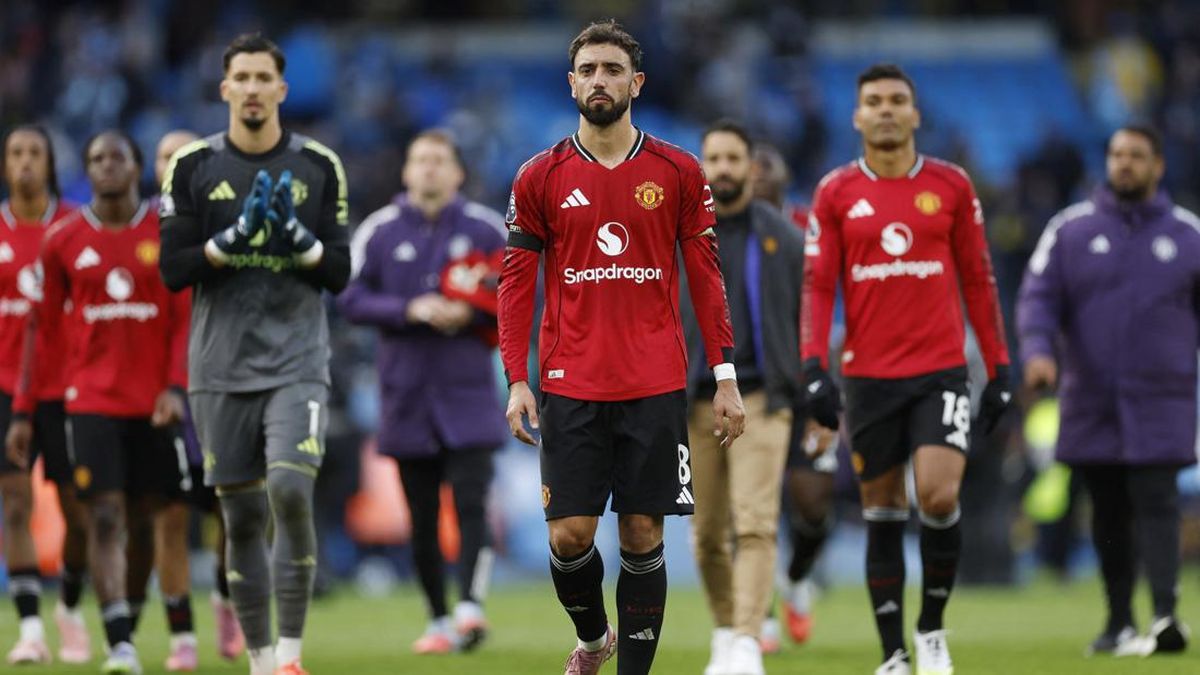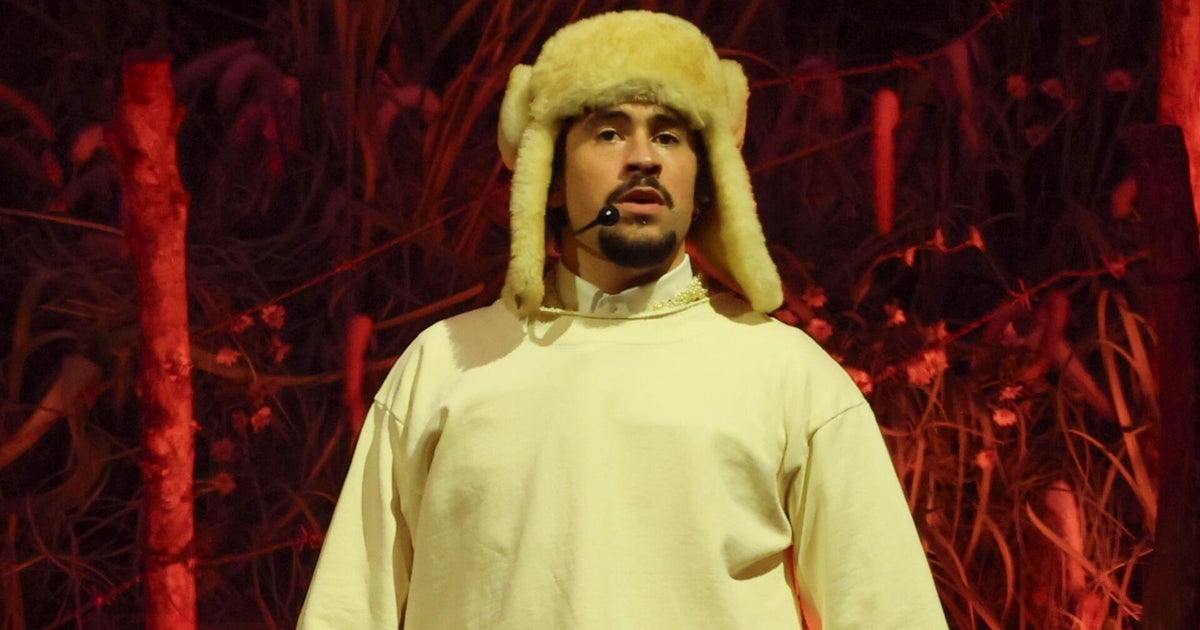A question from this masthead to Hawthorn list boss Mark Mackenzie on the opening day of trade period ended up being quite prescient.
Reporter: “Mark, what impact do you think having that extra year of future picks will have on the trade period? Are you expecting players to be worth more now?”

Picks at the 2027 draft were packaged up in the trade that sent Charlie Curnow from Carlton to Sydney.Credit: Getty Images
McKenzie: “It’ll be interesting because I think clubs could ask ... for more. But really, when you think about it, it should be the same values of what it has been previously – you just have a bit more scope to actually trade certain picks and look at those drafts, from two years [away].”
The AFL gave clubs the green light from this year’s trade period to trade draft picks two years into the future, after being able to go just one year ahead until now.
It was a soft launch, of sorts, given Tasmania’s first draft involvement is in 2027, the draft clubs were able to trade in or out of in the past fortnight. The Devils will hold picks one, three, five, seven, nine, 11 and 13 in that draft, along with the opening selection of the ensuing rounds.
Naturally, that meant list bosses viewed those 2027 selections as less valuable.
Carlton took little deliberation to reject Geelong’s opening-week offer for dual Coleman medallist Charlie Curnow despite Cats football boss Andrew Mackie being willing to cough up three first-round picks.
The Blues knew Geelong’s first selection this year was 19 and would go back at least four spots because of academy and father-son bids, while the Cats are expected to be strong again in 2026 before the compromised 2027 class.
But something has almost always been true about AFL deals: you can only ask for what the other club has.
Loading
That is why the Giants matched Geelong’s restricted free agency offer for Jeremy Cameron in 2020, knowing the Cats had scored a draft bounty for agreeing to send homesick midfielder Tim Kelly to West Coast a year earlier.
By doing so, GWS went from what would have been a single free agency compensation pick just outside the top 10, to brokering a historic trade with Geelong for selections 13, 15 and 20.
It was the first time any club matched a free agency offer, and also the first time one player returned three first-round picks in a trade.
Five years later, both Curnow – who went to Sydney instead of the Cattery – and Demon-turned-Sun Christian Petracca commanded at least three first-round selections for their former clubs, Carlton and Melbourne, respectively.
Essendon also demanded from McKenzie’s Hawks an extraordinary four first-round picks, plus a second-rounder, if they were to consider trading captain Zach Merrett.

Melbourne lost Christian Petracca to the Gold Coast but strengthened their draft hand.Credit: AFL Photos
Hawthorn refused to do that, but their final offer was still pretty compelling: picks 10 and 22 this year, their 2026 first-round selection and fringe midfielder Henry Hustwaite.
“We think that our offer at the end was very strong and reasonable,” McKenzie said.
“That’s what we wanted to do, put our best foot forward and make some moves to improve the offers we had chatted to Essendon about over the last couple of days, but in the end, you’ve got to respect their position. He’s a contracted player.”
Part of the league’s thinking in delaying clubs being able to trade two years into the future was to protect them from themselves.
Rules also state that list bosses must seek board approval before trading any future first-round picks, while the AFL had stipulated that every club had to use – not trade – at least two first-round selections in a five-year period, but that was softened because of Tasmania’s impending arrival.
That temporary tweak paved the way for the monstrous returns and offers for the game’s biggest stars.
The Swans were hell-bent on securing Curnow as the Harbour City’s newest marquee forward, behind the likes of Tony Lockett, Barry Hall and Lance Franklin, who like the ex-Blue were “bums-on-seats” players, as the club’s list manager Chris Keane said.
Sydney managed to snaffle two second-round picks this year and another in 2027 off Carlton, but Curnow’s recruitment comes with a significant level of risk.
Curnow, who turns 29 in February, has a history of knee injuries, and the Blues also ended his season early this year for him to undergo another knee operation.
Beyond the potential cultural issues the Swans may need to remedy after trading Will Hayward and Ollie Florent, and raising James Rowbottom in discussions, they are now not due to make a first-round pick until 2028.
The draft pick cost to trade for a superstar is why clubs are so willing to pay a higher salary to lure recruits in free agency.
However, Sydney have several academy prospects up for grabs this year, with the best of them – Max King – likely to receive a mid-first-round bid, while Harry Kyle and Lachy Carmichael are in the top-30 mix. That lessens the risk for Keane, who made securing Curnow his top priority.
Loading
“We knew we had to give up something to get the deal done and get a player of Charlie’s calibre in,” Keane said.
On the flipside, Melbourne, Carlton and even Hawthorn – after not convincing Essendon to trade Merrett – all used new AFL lingo in their trade summations.
They have “future-proofed” themselves with strong draft hands. That is, until the next big name is up for grabs, and they have to empty their assets to be in the race.
Most Viewed in Sport
Loading

